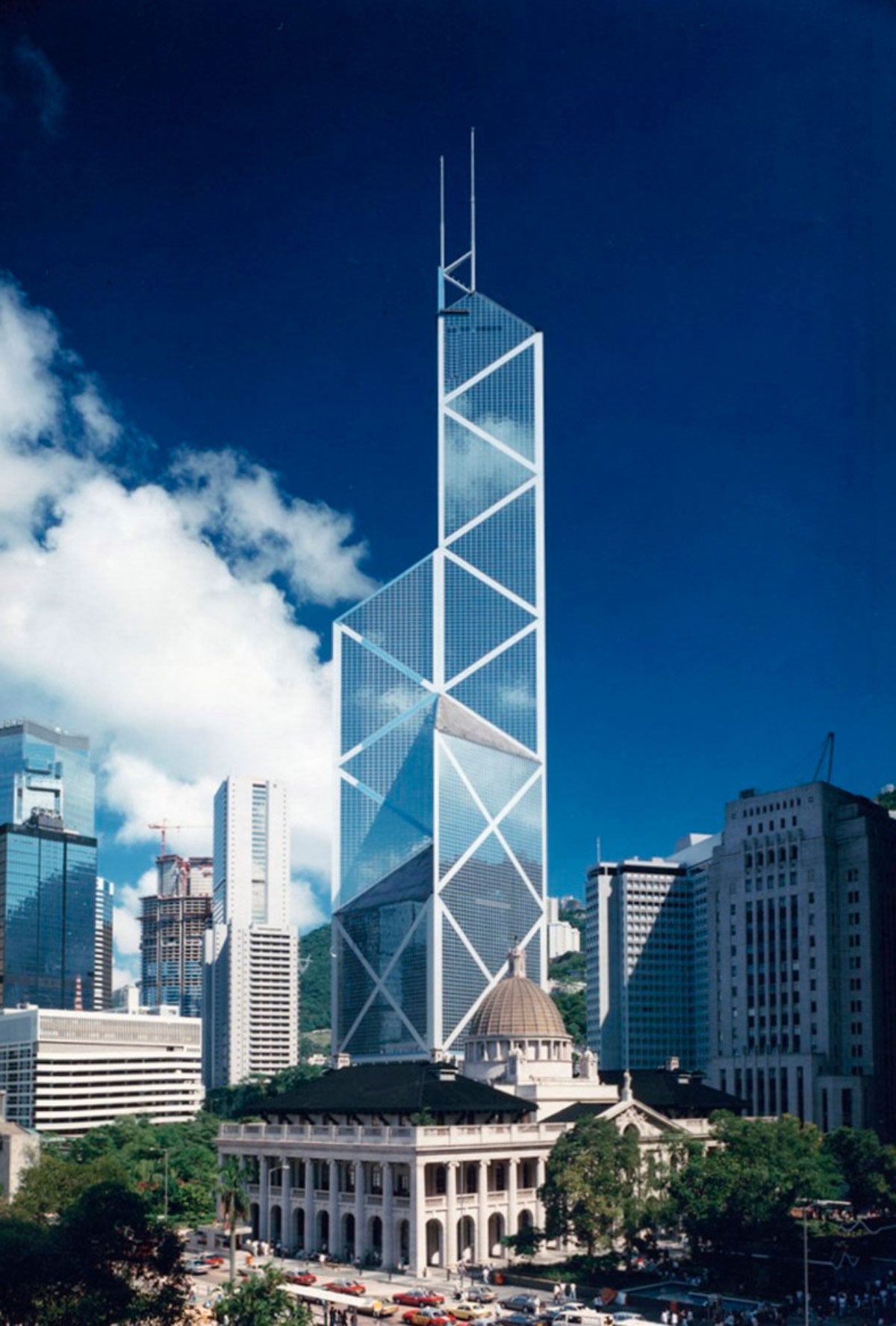At 102 years of age, an architectural legend left this world. One of the greatest personalities of Modernism and winner of the Pritzker Prize in 1983. Ieoh Ming Pei left an unparalleled legacy that will serve as reference and inspiration for future generations.
Chinese born I.M. Pei moved to the United States to study Architecture, just after his graduation, the second war between China and Japan broke out (1937), so despite his wishes to go back home, he had to expand his stay in the country and on the long run, that was helpful for his career, since he entered Harvard’s Graduate School of Design, where he worked with Marcel Breuer and Walter Gropius.
In 1955, he founded his own studio known as I.M Pei & Associates and, after some changes, he established its name as Pei Cobb Freed & Partners in 1989. His work was characterized by the concern he felt for the effectiveness of function and the elegance of form. In addition to being known as a Modernist (geometry played a fundamental role in his work), Pei always advocated for style variation and encouraged respect for traditions.
Among his most famous works is the crystal pyramid of the Louvre Museum in Paris, whose project began in July 1983 and was inaugurated on March 30, 1989. Today, it is considered one of the most important works in the world, a Parisian icon that attracts tourists from every corner of the planet and which in 2018 greeted 10.2 million people, breaking records.
However, not everything was hunky-dory; in the beginning, the pyramid proposal was considered hideous, 90% of Parisians opposed the idea; André Chabaud, museum director at the time, quit his job due to his non-conformity with the future construction and Pei was given looks of hatred across the streets of the French capital. A critic talked about the work as an atrocity and a competitor wrote that it seemed amazing that someone went after a Chinese architect in America to work on a historical building in the capital of France.
In order to reach people, Pei and his team won the sympathy of the widow of former president Georges Pompidou, Claude Pompidou, and of conductor Pierre Boulez. Another advocate for the design was former mayor, Jacques Chirac, who advised them to put a prototype where the pyramid would be. Thanks to this, negative comments towards the new Louvre quieted down and once the pyramid had risen, it became (almost immediately) one of the most important pieces in the capital, Le Quotidien de Paris described it as follows: “The once dreaded pyramid has become something adorable”.
In the following years, the architect continued to advise the museum on ways to improve the facilities and their condition and, in this way, the Louvre initiated a renovation plan in 2016. When I.M. Pei received the Pritzker Prize, he talked about the Louvre as his life achievement.

The Bank of China Tower in Hong Kong is another of his most famous constructions, in addition to being one of the country’s most important buildings and the third tallest skyscraper in Hong Kong. The inspiration came thanks to the drive for reflecting the aspirations of the Chinese people. Its structure has a triangular/hexagonal shape, it is 315 meters tall; two masts reach 369 meters and with that, it became the first building outside the United States to break the 305-meter record.

A project that stands out for being among the early works of his career is the Dallas City Hall. Its history begins as a need, former mayor Erik Jonsson wanted to recover the city’s image, back then Dallas was a city with a bad reputation, known as the place where John F. Kennedy had been assassinated. The mayor wanted to give its people a symbol that would represent them, so in 1964 the restoration plan began and it was then when he made contact with Pei, so he would carry out the project.
11 years went by and finally the building was inaugurated, being well-received by Dallas, the reason for this being that research was made before its construction, knowing what people living in the city wanted was important, so a skyscraper was avoided at all costs. The City Hall was such a hit that later, Pei was invited to design five more buildings for this city in Texas.

His career was adorned with numerous awards, the Presidential Medal of Freedom in 1992 among them, awarded by former president George H. W. Bush, and he was the first architect to receive the Præmiun Imperiale in 1989, same year in which he retired and passed the baton to Henry N. Cobb, one of the main partners. Despite no longer working as an architect, he continued to participate as a consultant for his firm and his children’s, Chien and Li Chung Pei, at Pei Partnership Architects.


